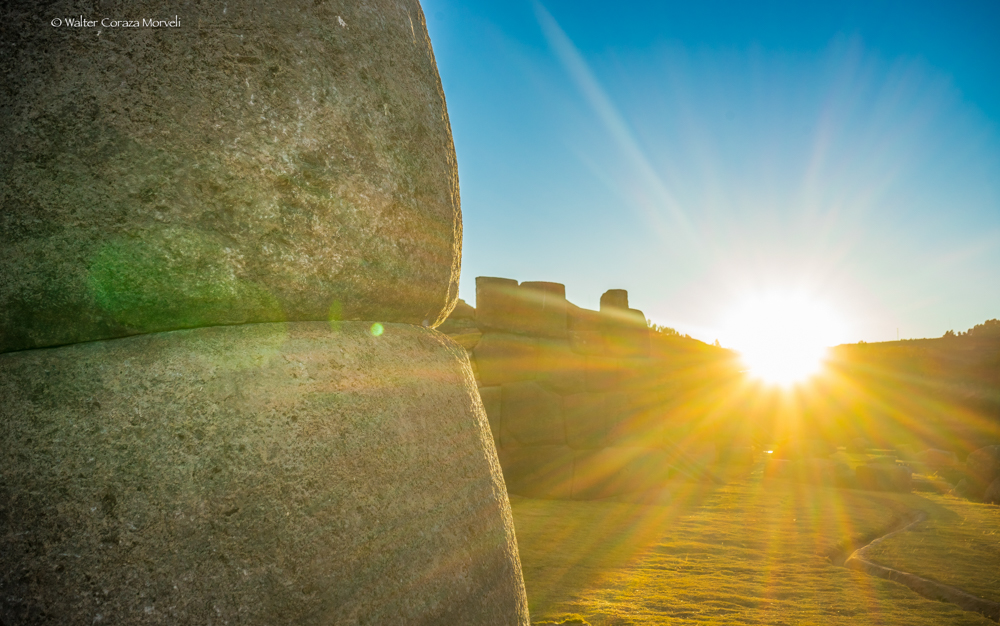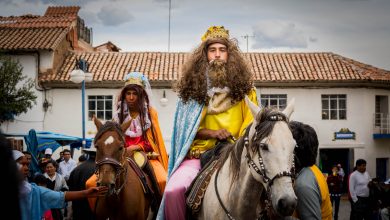Stones’ Connecting Identity: Wakas and Architecture


One of the main elements considered sacred in the Andes is stone. According to our founding myths, the god Wiracocha made early people from stone. In addition, the Pururawqas that were of stone defended Cusco during the Chanka siege.
Many important characters in our history were turned into stone. A famous case is the rock waka Chimpu Qhawa of the ancient Sañu, on which Ayar Uchu Wanakawri, one of the first Incas, was stuck and turned into stone. Another was that of the “serpent”, or stone toad that fell upon the people of Cusco and was turned into rock in the heights of Wanakawri. But the most important case, one which contains all the symbolism of the foundation of the Qosqo is that of Qosqo Wanka, like Sawasiray-Pitusiray, the hills that still stand above the sacred valley.
Stone is an excellent material for construction; it is abundant in our mountains. From it are built our main buildings. Even in important sites where the stone is not naturally occurring you find stone constructions.
Stone connotes immortality and is the mode of existence of the Andean divinities. It is the element that symbolizes transcendence in space and time (Pacha).
In addition, stone composes our wakas, sacred places, including rocks with metal or korpas and the stones that are called wankas. These last are Inca monoliths that stand upright on certain surfaces, especially in our fields. They symbolize the phallus that fertilizes to the pachamama, ensuring the multiplication of crops and the success of the harvest.

In the times after the Spanish invasion, a stone existed in the school of San Francisco de Borja on which the Inka Tupaq Amaru was sacrificed in 1572. This rock was object of cult. It is an example of a waka created in the midst of transition.
The chronicler Calancha mentions a difference between wakas that are composed of architectural elements and the sites considered sacred. This assertion is important since the relation between a building and wakas can be established in different ways:
• An architectural complex is distinguished as waka by its own characteristics that make it such. A clear example is the llaqta of the Qosqo, the town of Cusco, or principal waka. It was considered a deity by itself and contained in turn the Inka (the nobility) and a group of worshipers.
• A waka can be the rest of an old building or the dismembered parts of it that have acquired sacred connotation over time. We can mention, as examples, the ruins that were here at the time of the Incas, such as the temple of Chavin del Huantar or Tiawanaku.
• An architectural group becomes sacred when it served to contain or simply to serve as a frame or support for a sacred natural object.
• An architectural complex is also waka when it becomes a liturgical support to the great natural deities that are the Apus, often thought of as mountains.
As we can see, from the beginning of human time, stone has been part of both constructions and religiosity. That is why these traditions are still preserved today among our people. We can see how our ancestors made a connection between among stone, architecture, and religion.
REFERENCE
.- Book: Arquitectura Arqueológica en la quebrada de THANPUMACH’AY by German Benavente




